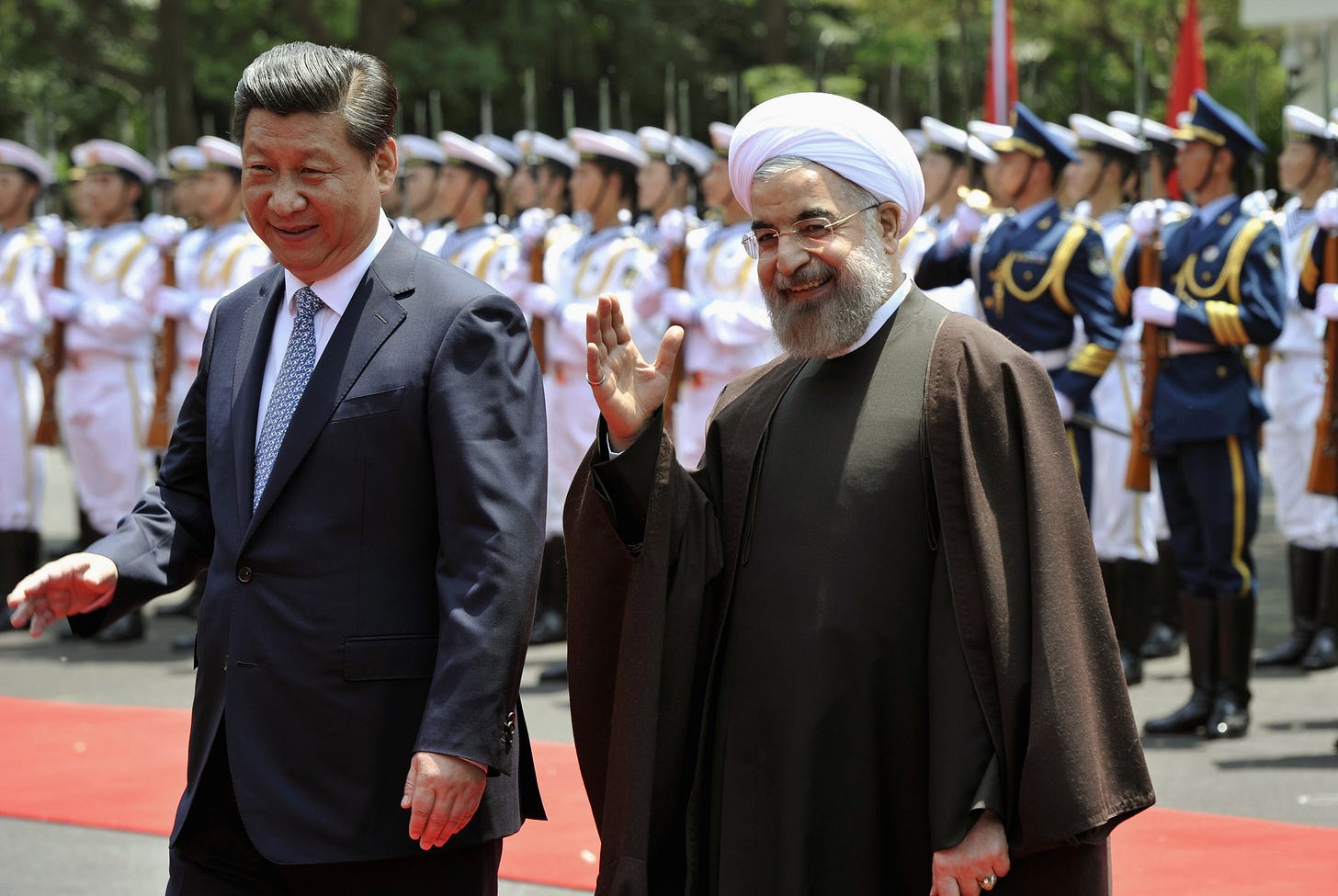How Iran War Exposed Limits of Chinese Influence in Middle East
Beijing and its BRICS "alliance" have been shown to be a paper dragon, as China allowed Iran to twist in the wind. And now President Trump is moving quickly toward an Indo-Pacific NATO.
Don’t miss our vital Deep Dive on the Supreme Court’s nationwide injunction ban!

by Terri Wu
July 3, 2025
The world had a moment of clarity during the Israel–Iran conflict.
For years, analysts have claimed that China is closing in on the United States as a peer competitor, whether in terms of high-tech industries, naval fleets, or the size of its diplomatic corps.
That power shift seemed to have also played out in the Middle East, a region where the United States has traditionally held enormous influence.
Two years ago, Beijing brokered the normalization of diplomatic relations between Iran and Saudi Arabia. Later the same year, the China-led BRICS bloc, intended to counterbalance the U.S.-led Western democracies, admitted four new members from the region: Egypt, Iran, Saudi Arabia, and the United Arab Emirates.
The bloc was formed by Brazil, Russia, India, and China in 2009 and expanded to include South Africa in 2010.
However, the action of the United States — and the inaction of China — during the 12-day Israel–Iran conflict revealed that the power gap between Beijing and Washington remains sizable.
The United States joined its ally Israel in the conflict on June 21 by attacking key Iranian nuclear sites with 30,000-pound bunker-buster bombs. Two days later, President Donald Trump announced a cease-fire between Israel and Iran. The truce appears to be holding so far.
By contrast, Beijing’s support for Iran remained largely rhetorical.



